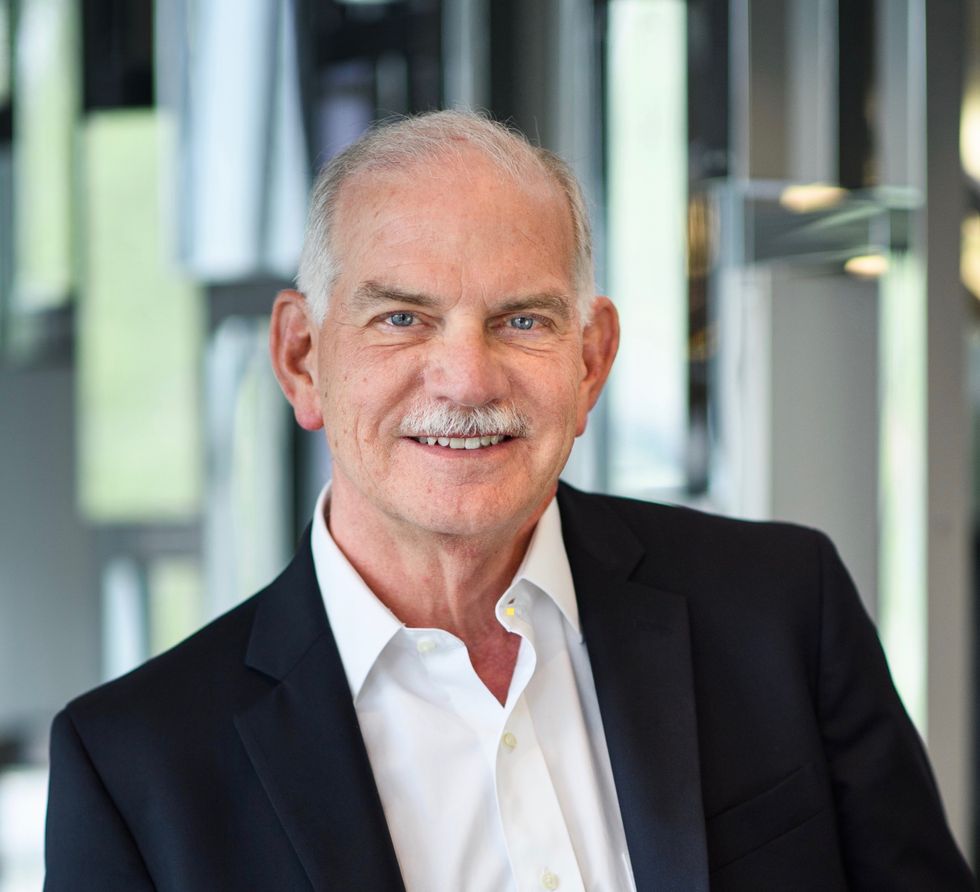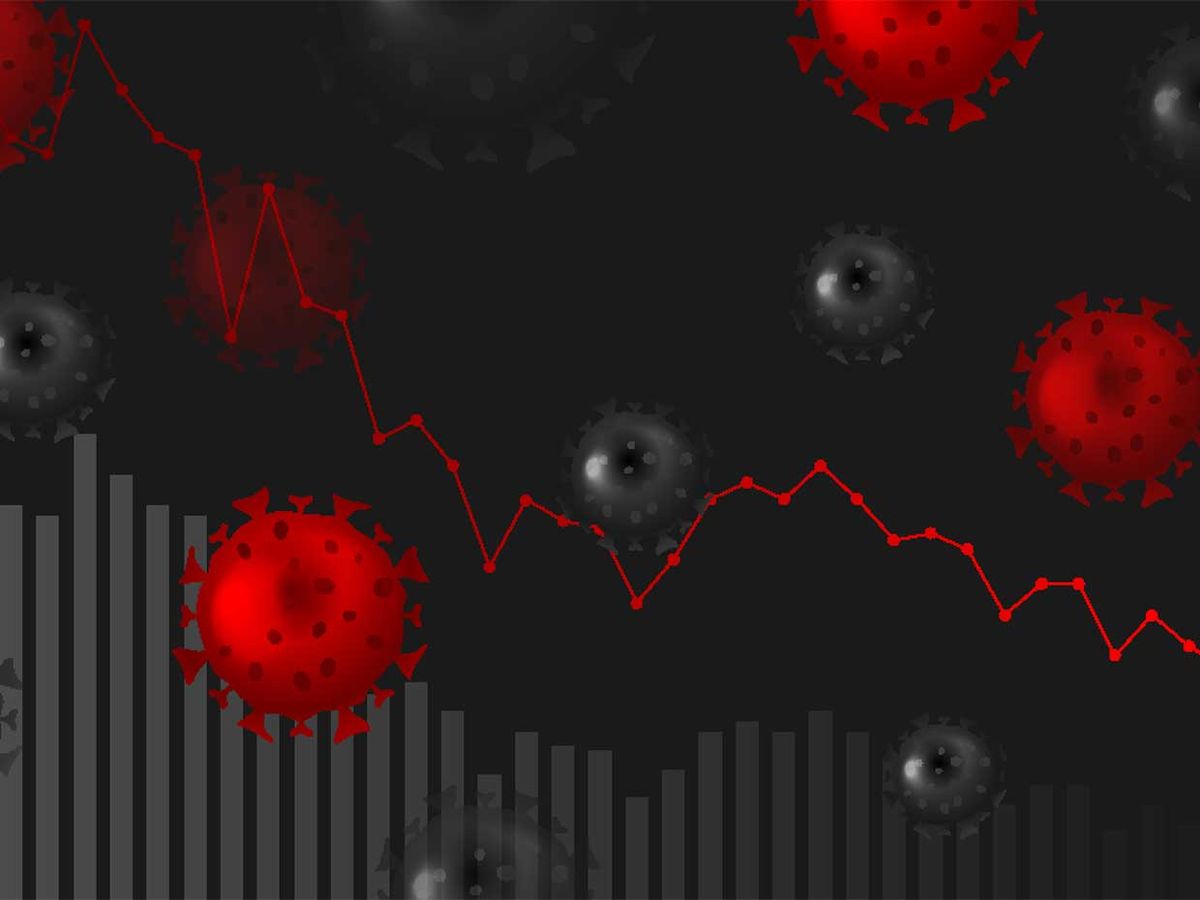THE INSTITUTE Wearing face coverings, practicing social distancing, washing hands, and shuttering schools and stores. These are some of the measures that have been implemented to protect people from catching the virus responsible for COVID-19. But just how effective have these interventions been?
Engineers at Carnegie Mellon and Princeton believe they have developed a mathematical modeling approach that could tell us. Their project, dubbed Modeling and Control of COVID-19 Propagation for Assessing and Optimizing Intervention Policies looks at various factors that can impact the spread of the SARS-CoV-2 virus, including virus mutations as well as preventative measures such as mask wearing.

H. Vincent Poor [right], an IEEE Fellow, is the principal investigator of the team. He is a professor of electrical engineering at Princeton and the interim dean of its School of Engineering and Applied Science. Also on the team are IEEE Senior Member Osman Yagan, an associate research professor of electrical and computer engineering at Carnegie Mellon, and mathematical biologists from Princeton and the University of Pennsylvania who study viral spread.
“Our goal is to try and understand what’s happening with the virus and the measures as best we can, and then use that model to help see what the most effective control mechanisms are,” Poor says.
The model recently received a grant from C3.ai Digital Transformation Institute, a new research consortium that is funding projects that could lessen the effects of pandemics. Related projects on viral spread by Osman and Poor are also being funded by the U.S. Army Research Office and the U.S. National Science Foundation.
THE INFORMATION-SPREADING PROCESS
The template for the new model was adapted from a mathematical theory the researchers developed in 2019 that investigated the spreading process of viruses and their mutations. In their paper published in March in Proceedings of the National Academy of Sciences, they compared how a virus spreads and mutates to how information in real life changes as it’s circulated by networks of people. For example, stories or social media posts shared among friends are often embellished with more details and passed along to others.
Current models that track epidemics make predictions about how a disease advances among individuals but don’t take into consideration things that change as it is passed along, such as how a virus mutated or what is being done to control its spread, Poor says. A common model being used for the coronavirus, known as SIR (susceptible, infected, and recovered), is a very basic one for viral spread. He says it doesn’t take into account factors such as underlying health conditions of patients or that some people spread more of COVID-19 droplets than others.
“Previous models for epidemics assumed a pathogen or a piece of information is transferred across network nodes without going through any modifications or evolutionary adaptions,” Poor and his colleagues wrote in that 2019 research article. “[But] in real-life spreading processes, pathogens often evolve in response to changing environments and medical interventions, and the information is often modified by individuals before being forwarded.”
Once the pandemic hit, Poor realized his model could be applied to COVID-19.
“Contact tracing and social distancing are known by epidemiologists to work so we’re not going to try to prove they do work,” Poor says. “What we’re going to bring to the table is a more refined understanding of when to apply these and other measures and what to expect of them.”
HOW THE MODEL WORKS
When people are physically connected, they form what’s called a multi-layered network, Poor says. The network could include family, coworkers, classmates, or social media friends. They, plus their acquaintances, form various degrees of connections, which the researchers call layers.
The researchers will first model these networks using data about the pandemic from a comprehensive data source, known as a data lake, maintained by C3.ai. The database includes the current number of COVID-19 cases, deaths, hospitalizations, and recoveries for countries, including by city, state, province, or county.
“It’s quite extensive, and includes details about COVID-19 victims and spread from a variety of sources globally,” Poor says.
The model can incorporate properties of the spread of the novel coronavirus that have been learned by public health and medical personnel over the past few months, Poor says. That includes the existence of “super spreaders,” asymptomatic spreaders, and delays between when a person becomes contagious and begins showing symptoms. Differences in responses to the virus between populations can also be incorporated into the model, he says, as well as some of the evidence for mutations that has emerged.
“Some recent articles seem to imply that mutations have been a factor,” he says. “We need to look at this more carefully to see how we can use that information.”
Poor says once the team has a model for how people are connected and how the spread of a virus happens within that network, then they can start looking at the effect of how various interventions or behaviors could have slowed the spread
“Once we have a complete model, we can then modify the model to account for interventions to see how they would affect the spread, he says. “For example, sheltering-in-place or closing schools modifies the connectivity of the graph of social interactions, whereas wearing masks changes the likelihood of spread from one person to another in a given fixed graph of social interactions.
“We want to look at the robustness of these control mechanisms because they’re always imperfectly applied. Once you have a mathematical model for how a virus spreads, then you can start looking at the effect of various interventions used to slow the spread.”
Poor expects to see early results from the modeling in the next few months.
“Unlike many other urgent problems in today’s world, this is one where scientists and engineers can really have a rapid impact,” he says. “It’s great for the research enterprise that we can do things that are so directly related to the immediate public good.”
This article appears in the October 2020 print issue as “Using Modeling to Understand How COVID-19 Preventive Measures Work.”
Kathy Pretz is editor in chief for The Institute, which covers all aspects of IEEE, its members, and the technology they're involved in. She has a bachelor's degree in applied communication from Rider University, in Lawrenceville, N.J., and holds a master's degree in corporate and public communication from Monmouth University, in West Long Branch, N.J.


